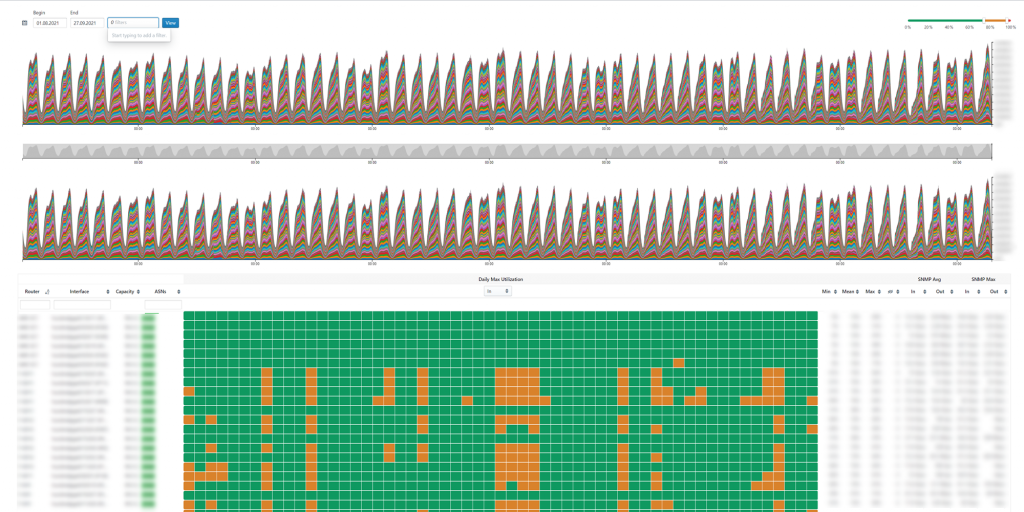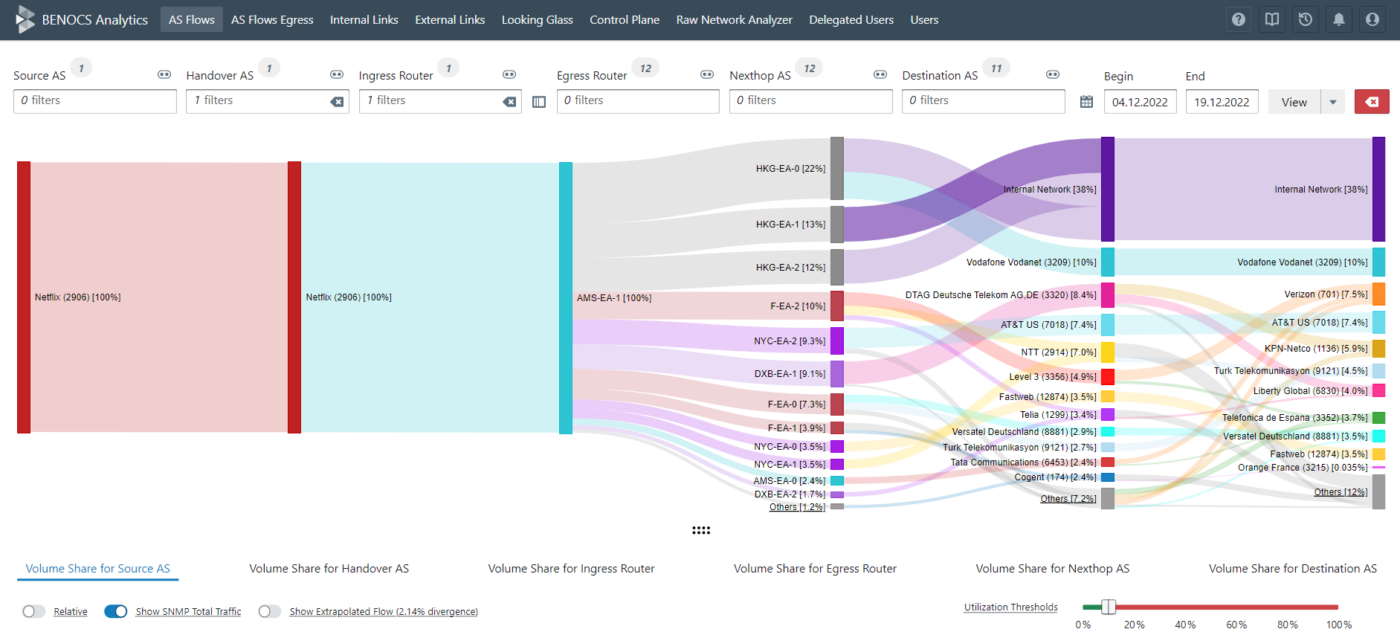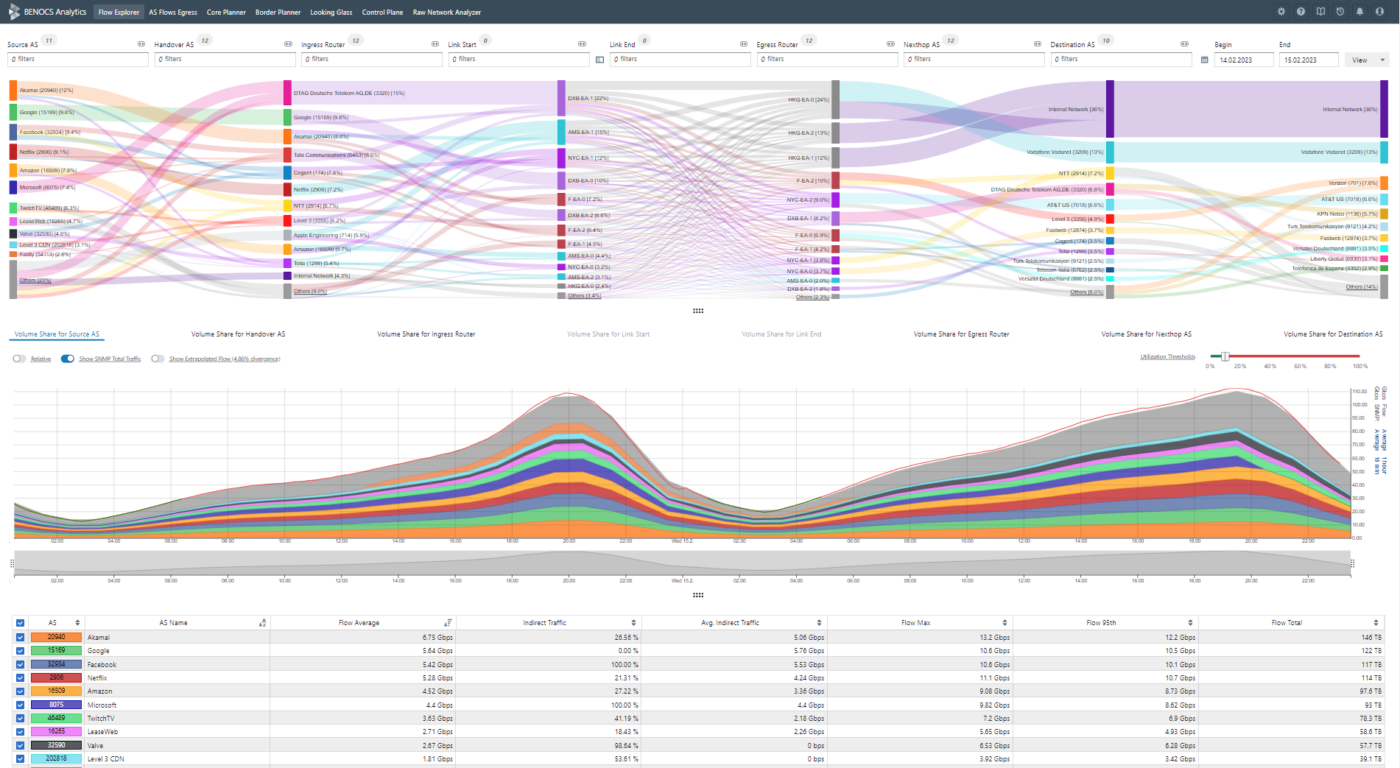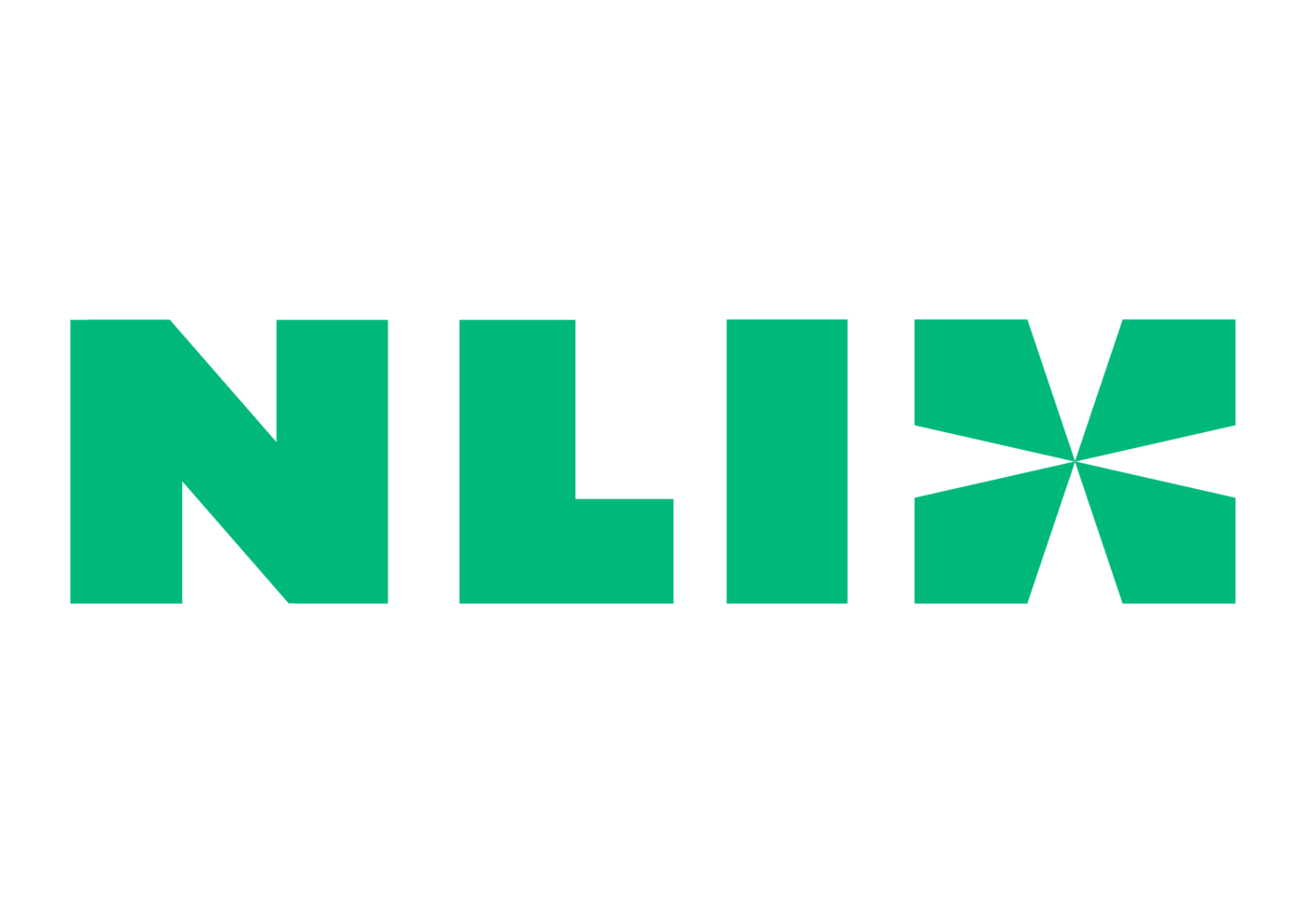Like any of you, we here at BENOCS like to ponder current happenings around the globe. Whether it be the political state of affairs in various countries, the cost of public transport in a chosen city or the quality of service at the Vietnamese restaurant down the street: You name it – we‘ll debate about it. The SARS-CoV-2 pandemic, of course, is no exception. It is a topic that has fueled many a heated debate or two.
Doing what we do best (traffic intelligence as a service), we decided to take a closer look at the data to see how lockdowns have affected traffic during the SARS-CoV-2 pandemic and what this means for 2022 and beyond.
The Data
Looking at different network vantage points, what really stuck out was the surge in traffic coinciding with the first lockdown in the spring of 2020. This in itself was no surprise. What was surprising, however, was – contrary to the expectations of the cynics amongst us – as countries went into lockdown, most of the working population was not sitting at home streaming videos. In fact, streaming services in some networks showed no increase in traffic that could not be attributed to seasonal changes and „organic“ growth.
What did happen when lockdown arrived was a major shift in the world of work and study. Suddenly, face-to-face communication was in many industries no longer possible; workers and students had to pick up the phone, use online chat, or engage with colleagues, customers, and teachers in video conferences. If you are one of the millions of former office-goers who was thrown suddenly into home office in March 2020, or a student who had to adjust to online classes overnight, you’ll no doubt recall recurring connection issues as your internet connection struggled to keep up with all your video calls.

What is also interesting is the increase in traffic during periods of heavy SARS-CoV-2 cases. This suggests a fundamental, behavioral change in the way we work. Workers and their employers have discovered presence in the office is no more conducive to productivity than working from one’s sofa (which we do not recommend, by the way. Please be sure to work ergonomically correct!).
What does this mean for 2022 and beyond?
Will these levels of traffic remain? Our answer: Yes, partly. When comparing current traffic trends to those of previous years, we found no connection between the severity of lockdowns and the corresponding traffic. Traffic seemingly has plateaued to new levels with each wave. This scenario, as already stated above, points to behavioral changes and suggests a “new normal” in how we work. Eventually the growth will slow, but it probably won’t return to pre-pandemic levels. We’ve come too far for that.
What do you think will happen to work and study traffic when the pandemic is over?
How can we prepare?
In increasingly complex networks, which are also at the mercy of outside influences such as the SARS-CoV-2 pandemic, network oversight has never been more important.
The scope of the SARS-CoV-2 pandemic was unprecedented: no-one can be blamed for struggling with the situation. Is it even possible to prepare for such an event? Perhaps not directly. However, it’s become obvious that not only is effective network oversight crucial but also the ability to act fast and targetedly in the event of increased network traffic. Having access to network analytics that deliver fast and reliable data is essential for customer and investor satisfaction. Remember my mentioning our BENOCS debate about the at the Vietnamese place earlier? Well, the service is great: Fast, reliable, and delicious (obviously). They really know how to keep their customers happy. Let us help you keep your customers happy too.










